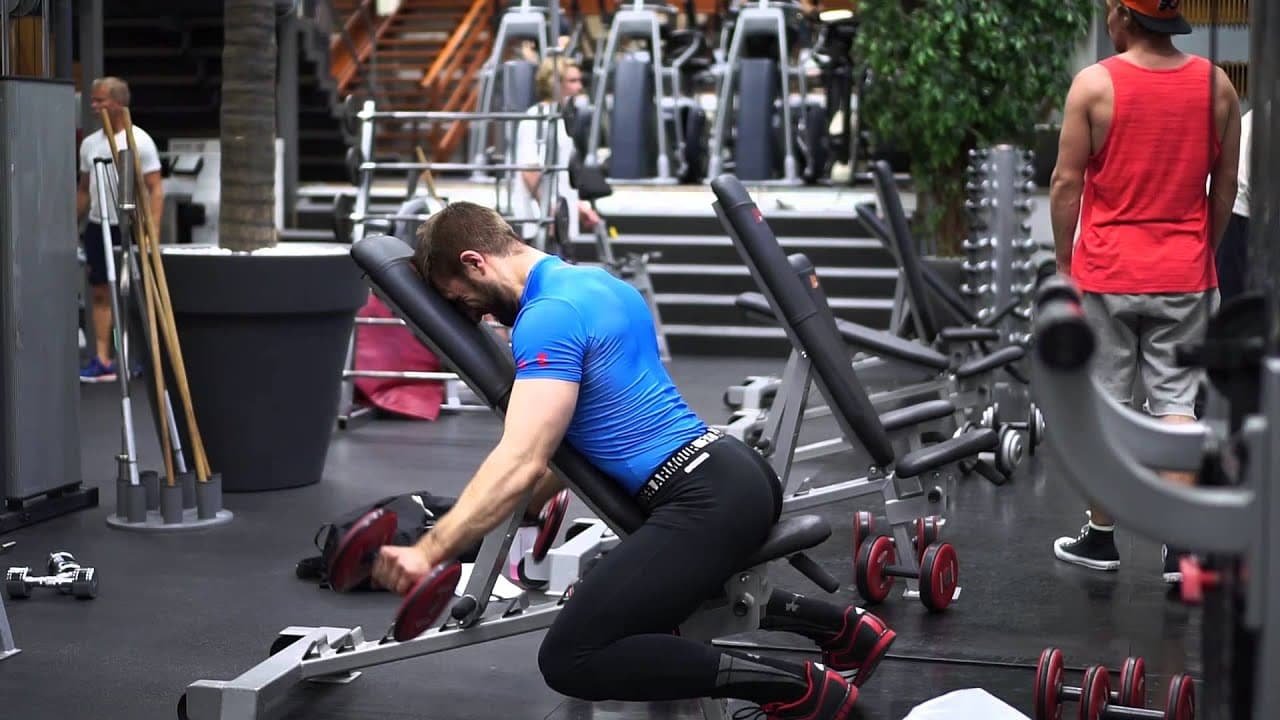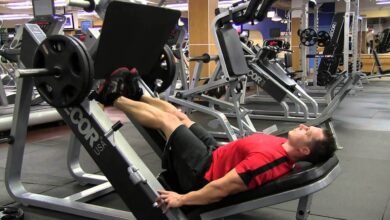Knowledge of the incline bench press in fitness and bodybuilding corresponds to discovering a mystery weapon for top body improvement. It sculpts the chest into a marvel of human anatomy and fortifies the shoulders and triceps, laying the foundation for ambitious and purposeful strength. The crux of harnessing this energy lies in one essential adjustment: The angle of Incline Bench. This guide embarks on a challenge to demystify the system, ensuring that lovers and athletes can optimize their workout routines with precision and protection.

Understanding Incline Benches
Benefits
The Angle of Incline Bench press doesn’t simply add variety to your exercise; it targets the clavicular head of the pectoralis and, most importantly, a section of the chest muscle that often eludes the draw close of flat bench presses. By elevating the bench, you interact with these upper chest muscle masses along the deltoids and triceps, growing a balanced and powerful upper body. This enhances your body and contributes to advanced posture and purposeful power for regular activities.
Types of Incline Benches
Incline benches are available in diverse bureaucracies, from those with fixed angles to adjustable ones that cater to a spectrum of sporting activities. Understanding the type you’re running with is pivotal; adjustable benches offer versatility, allowing for particular perspective settings, while fixed-perspective benches demand model and creativity to your routine.
Setting the Angle of Incline
Ideal Angle for Chest
The golden range for chest development lies among 30 to forty-five tiers. This sweet spot maximizes upper chest engagement without overburdening the deltoids, and venturing beyond this variety risks turning the exercise into a shoulder press, diluting its effectiveness on the chest.
Adjusting for Shoulder Work
If the aim is to emphasize shoulder strengthening, tilting the bench closer to a 60-degree attitude places the highlight on the deltoids. However, tread this course with a warning: the higher the altitude, the extra strain on the shoulder joints.
Equipment Needed
Embarking on this adjustment adventure requires your bench and an eager knowledge of its mechanics. For adjustable benches, familiarise yourself with the pin or lever gadget that locks the angle in location.

Step-through-Step Guide
Step 1: Safety First
Angle of Incline Bench: Make sure the bench is on a stable floor before any adjustment. Stability is paramount; a volatile bench can cause damage, mainly below heavy hundreds.
Step 2: Selecting the Angle
Angle of Incline Bench: Reflect on your exercise goals. Are you aiming to bulk up your top chest or beef up your shoulders? This choice will guide the angle setting.
Step 3: Adjusting the Bench
The angle of Incline Bench: Discover the pin or lever that controls the attitude for adjustable benches. Launch it and circulate the bench back to your desired perspective, then securely lock it again. For the ones working with fixed benches, the focal point shifts to adapting your body role and exercise choice to imitate the intended attitude as carefully as feasible.
Step 4: Testing the Setup
The angle of Incline Bench: Conduct a tribulation run with minimum weight before loading the barbell. This is not the most superficial assessment of the steadiness of the bench, but it also allows you to experience muscle engagement and regulate it if necessary.
Tips for Effective Use
Posture
The basis of a mighty incline bench press is proper posture. Anchor your toes at the ground, keep a mild arch in your decreased return, and retract your shoulder blades. This function safeguards your backbone and amplifies the engagement of your chest muscle tissues.
Breathing Techniques
Breathing isn’t always a necessity for lifestyles; it’s a technique that amplifies electricity. Inhale deeply as you lower the burden, developing an herbal brace to your core. Exhale hard as you press the load up, riding via the resistance with brought strength.
Incorporating into Routine
Diversity is the spice of fitness. Rotate the incline bench press into your bloodstream regularly, permitting muscle healing. Balancing incline work with flat and decline presses guarantees complete chest improvement.
Common Mistakes
A common misstep is neglecting the angle, resulting in either too flat an incline, which mirrors a flat bench press, or too steep, which shifts the focal point to the shoulders. Another pitfall is flawed posture, especially failing to retract the shoulder blades, which could cause shoulder pressure.
Advanced Techniques
Variable Incline Press
Once mastery over the usual incline press is achieved, undertake your muscular tissues with variable incline units. Adjust the bench angle mid-exercising to goal extraordinary fibres, such as chest and shoulder fibres, introducing a new stage of depth and growth.
Incorporating Accessories
Elevate your incline bench press with resistance bands or chains. These tools introduce modern resistance, increasing the burden as you press upward, intensifying muscle engagement and electricity profits.

Maintenance and Care
Like any device, the Angle of Incline Bench needs regular inspection and renovation. Ensure adjustment mechanisms function efficiently and the bench stays stable and robust beneath a load.
Conclusion
Adjusting the perspective of your Angle of Incline Bench isn’t always just a matter of mechanics; it’s an art that complements the sculpting of your body and the strengthening of your muscular tissues. With this guide, you are geared up to precisely tailor your incline bench press, unlocking the entire potential of your top-frame workout routines. Embrace the journey of adjustment, for it leads to the pinnacle of energy and aesthetics.
FAQs about Angle of Incline Bench
Can I use the incline bench press as a beginner?
Absolutely. Beginners should start with light weights to grasp the form earlier than progressing to heavier loads.
How can I save you a shoulder ache at some point when using an inclined bench press?
Ensure proper form by setting the correct perspective and retaining a retracted shoulder position. Warm up very well, and remember to incorporate shoulder-strengthening sports.
Is it necessary to exchange the incline angle through the years?
Varying the incline angle can assist in achieving exclusive muscle fibers and saving you plateaus, fostering non-stop development.
What are a few commonplace mistakes to keep away from?
Avoid placing the wrong perspective, neglecting proper posture, and using excessive weight before learning the technique. Regularly assess the form and regulate it as you have to ensure safety and effectiveness.





